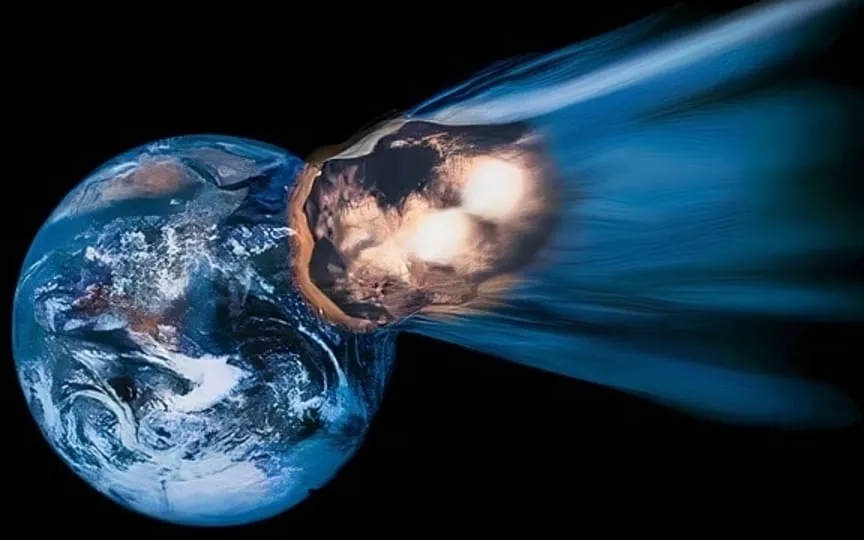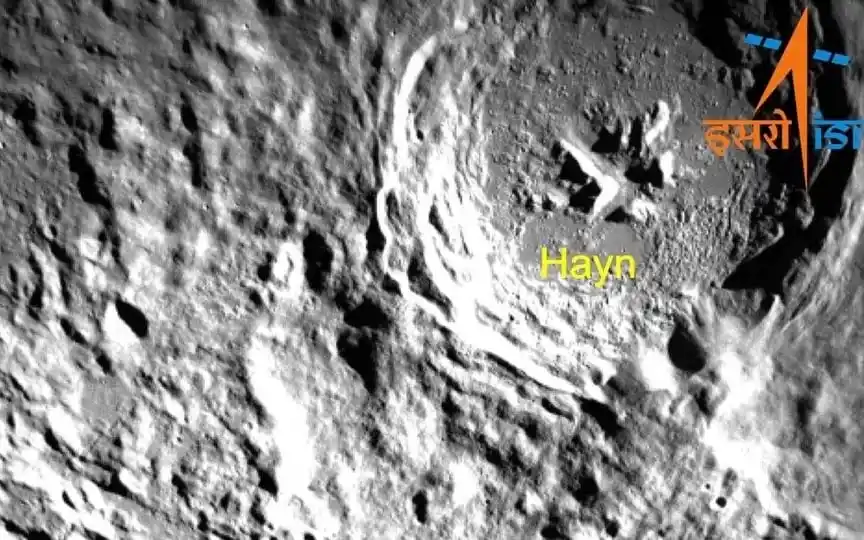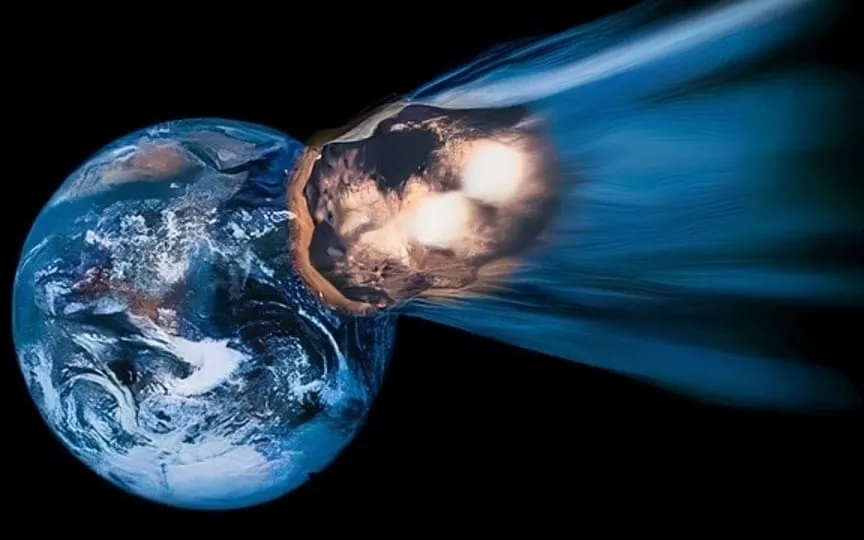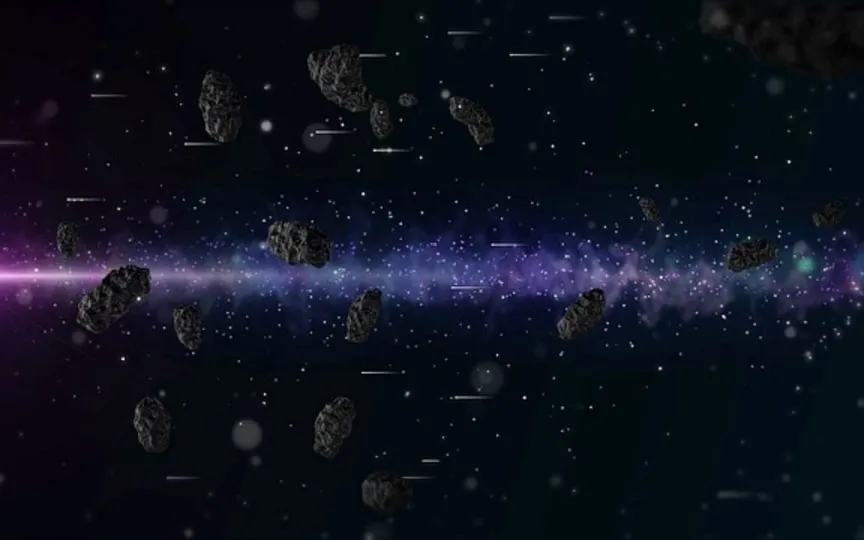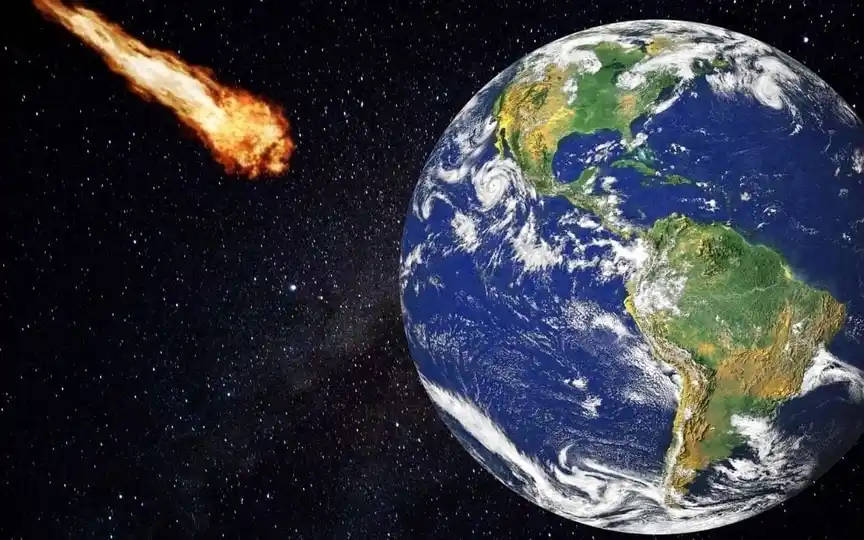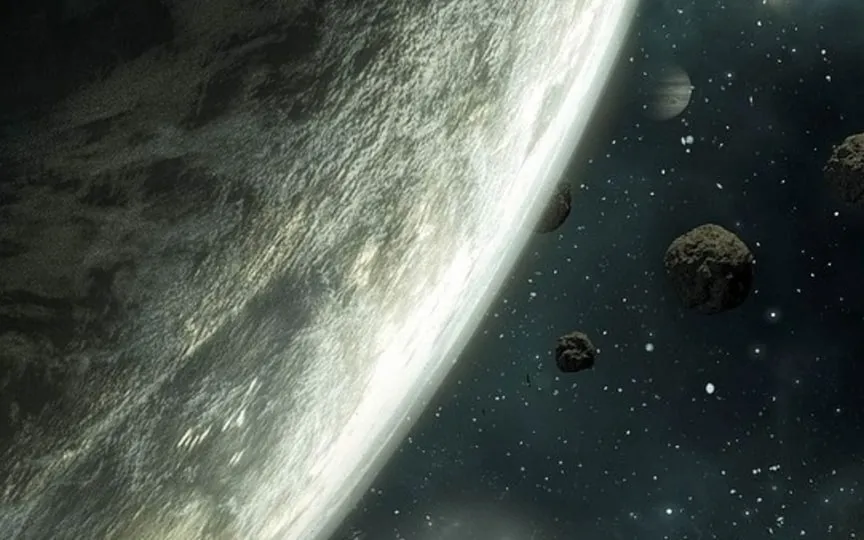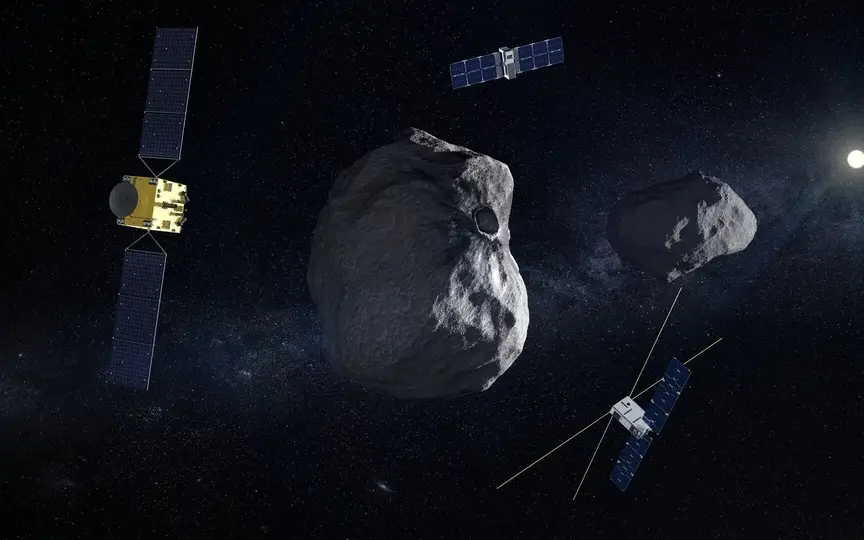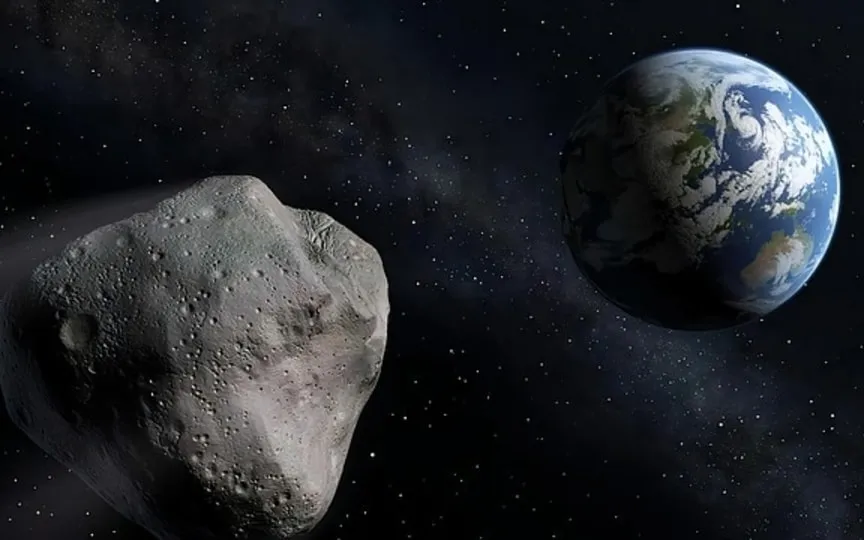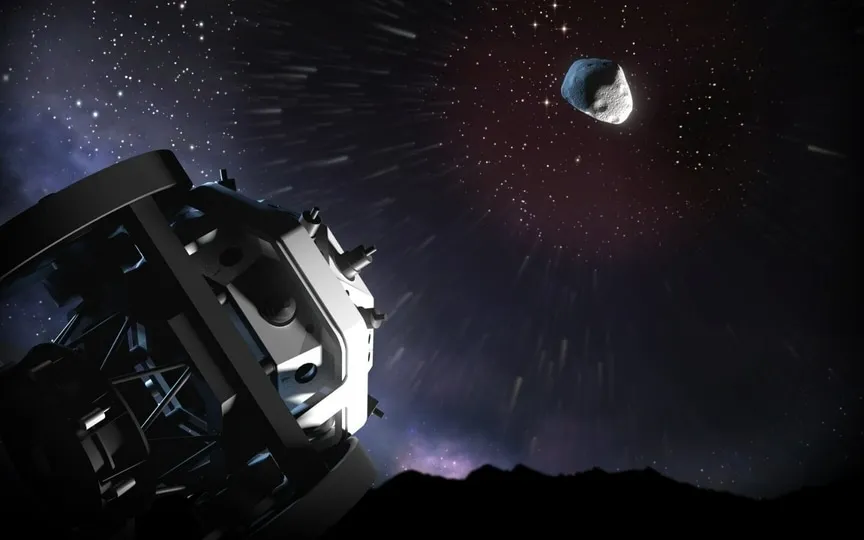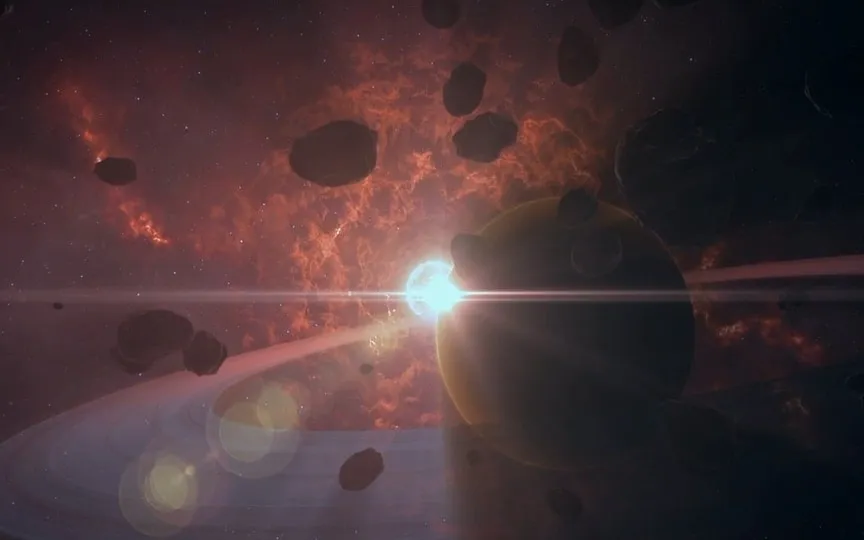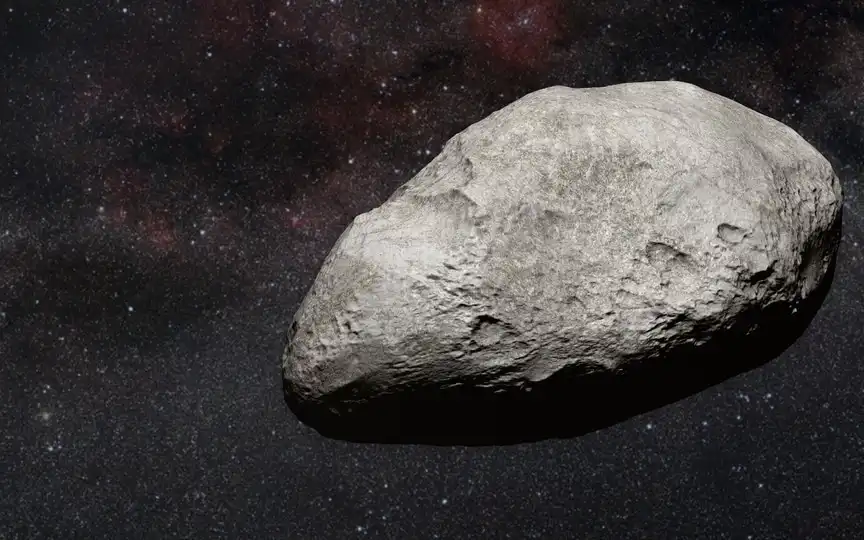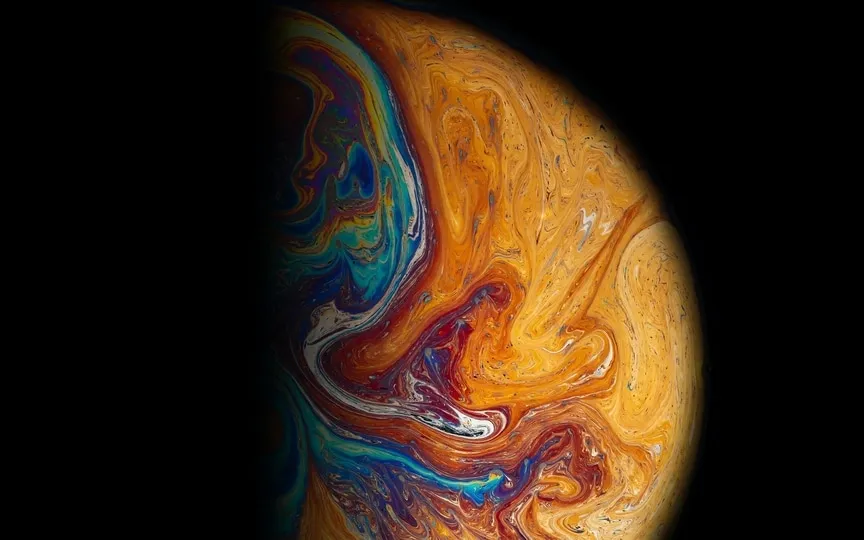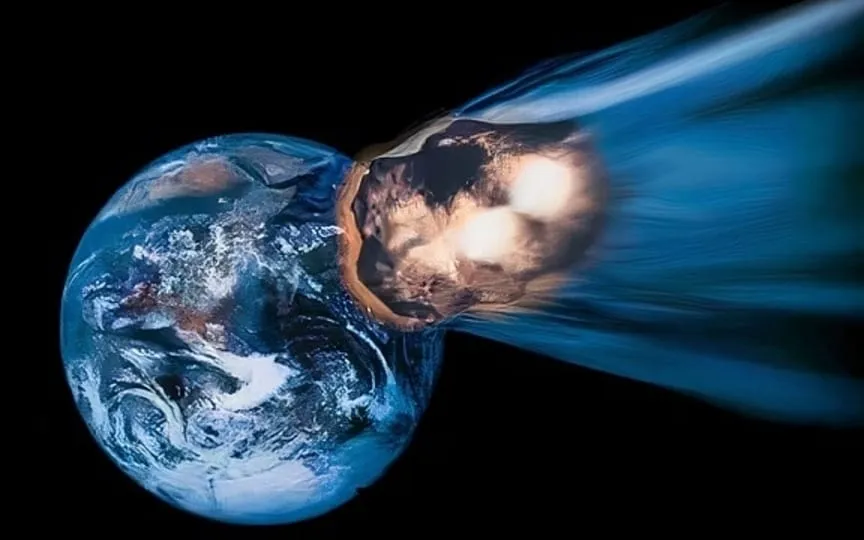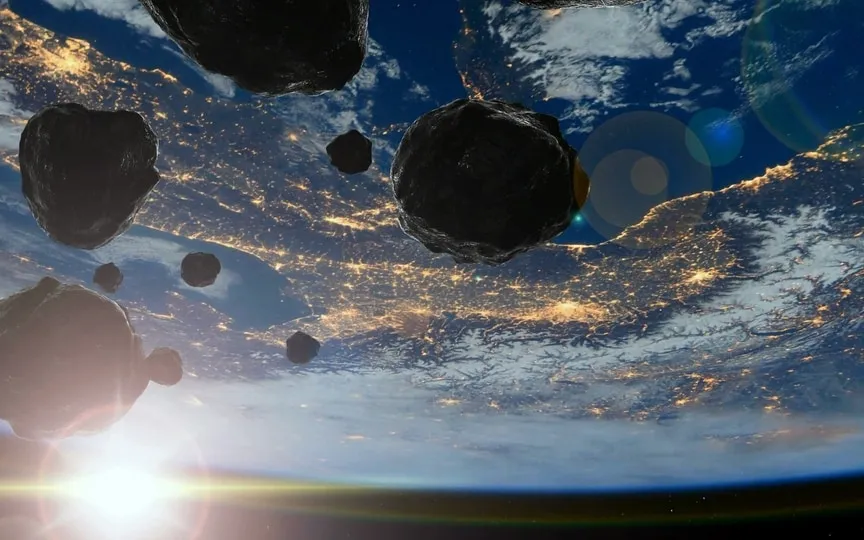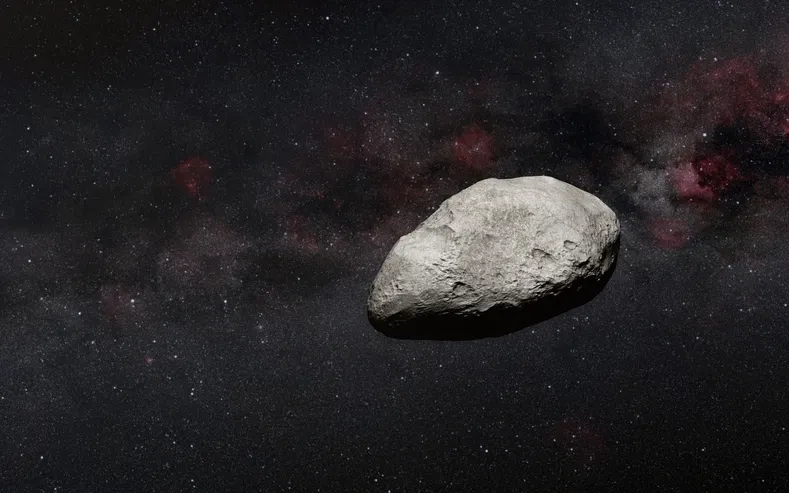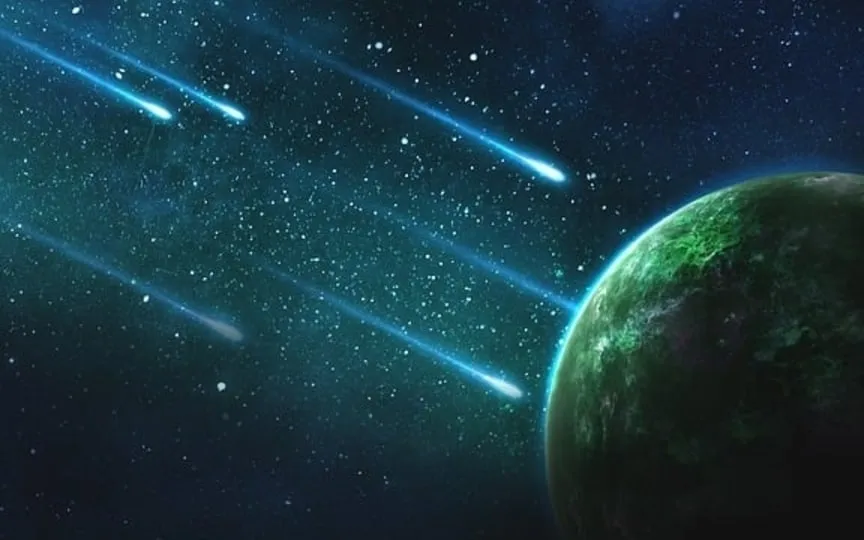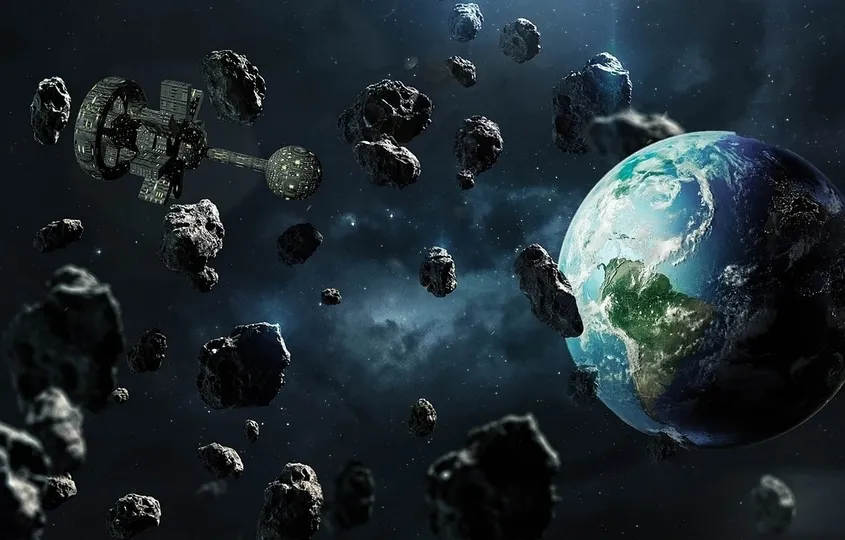The Most Catastrophic Asteroid Impacts in Earth’s History
Scientists have long warned us about the potential threat of asteroids approaching Earth. Occasionally, we hear about large asteroids, comparable in size to planes, coming close to our planet, but fortunately, none have collided with Earth thus far. While experts believe that there is no immediate danger of a civilization-ending asteroid impact, they acknowledge that such events are still possible. Space agencies worldwide are actively researching and identifying space rocks, as well as developing strategies to protect our planet from potential impacts. Interestingly, ancient history reveals that Earth was more…
Read More
